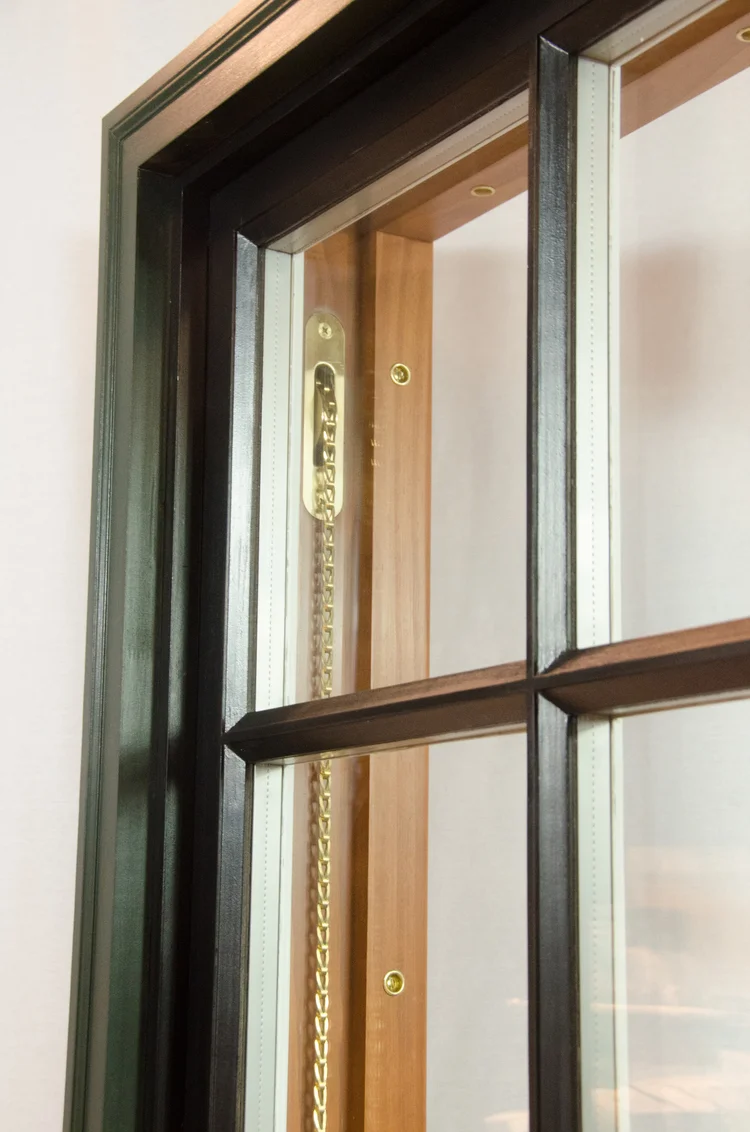Weights and chains have been used to facilitate the operation of windows since the early 1700's. This system has stood the test of time due to its sheer simplicity. The pulley is believed to date back to 1500 BCE, when the people of Mesopotamia used ropes and pulleys to hoist their water.
The first compound pulley system was invented by the Ancient Greek engineer and inventor Archimedes (287-212 BCE) in the third century BCE. According to an account by the Ancient Greek historian Plutarch, Archimedes was credited with moving the Syracusia, the largest ship built up until that time, using a block and tackle system. Not only did Archimedes move the ship, a feat which had stumped King Hieron and the men of Syracuse, but the entire crew of 600 men was aboard when he alone moved the 180-foot long ship.
The pulley is a wheel with a central groove which is designed to have a chain or rope run inside this groove. The word "pulley" is derived from the Greek word "polos", which means "axle." And that is exactly the function the pulley performs.
The pulley itself is considered a simple machine, like the wheel and axle or the lever, for example. A simple machine makes tasks easier because it multiplies the force involved to create a mechanical advantage. What that ultimately means is that the pulley reduces the effort required to lift heavy objects.
When applied to the operation of weight and chain windows, the pulley facilitates their operation. Chains are attached to the operating window sashes. The chains are then run through the groove on the pulley and attached to the window weights, which are concealed in the sash-weight pockets on either side of the window.
Due to the action of the pulleys, a window with a 20-pound sash will be as easy to operate as one with a 5-pound sash. The amount of effort required to operate the windows is greatly diminished thanks to this ancient, simple machine.
- Linda Childers

